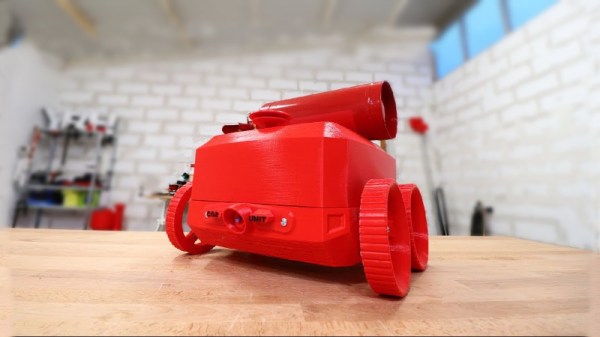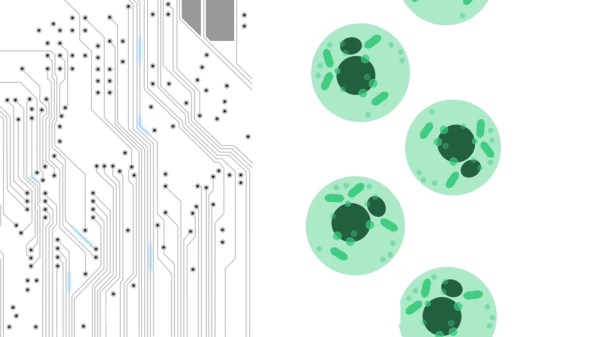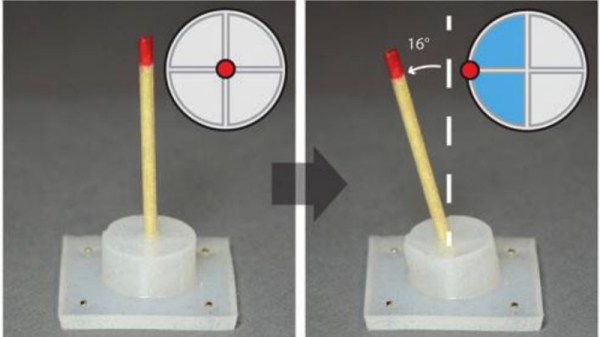Firefighting is a difficult and dangerous job, which puts humans on the front line to save life and property on a regular basis. It’s a prime candidate for some robot helpers, and [Ivan] has stepped in with a fun build that, while it won’t be serving in your municipal department any time soon, gets us thinking about the possibilities.
It’s a radio controlled robot with an Arduino Uno for the brains. A couple of motor driver boards are used to run four windscreen wiper motors for propulsion. Long before the days of online shopping, the wiper motor was a hacker staple – a cheap, readily available high torque motor that could be easily driven for a range of hobby projects. They say only 90’s kids remember.
As far as water delivery goes, this robot is a little short on credentials, carrying only 1 litre of water. However, we appreciate [Ivan]’s use of a Tupperware container as a tank – with a few add-on fittings, this could be a great way to hold water in other projects. The small DC-powered pump is controlled by an industrial solid state relay – a good choice for a robot that may get wet. There’s an onboard CO2 extinguisher as well, but it’s sadly not plumbed into anything just yet.
This build is an [Ivan] classic – big, fun, and 3D printed on a much larger scale then we’re used to. It’s a strong follow up to his impressive tank build we saw earlier. Video after the break.
[Thanks to Baldpower for the tip!]
Continue reading “Can This Fire Fighting Robot Take The Heat?”

















